12 Top Stock Picks to Shield Your Portfolio
The stock market is a running milestone.


The stock market is a running milestone. We’re currently in the longest-ever bull market – a fact that became official on Wednesday, Aug. 22, when it became 3,453 days old. Some have shrugged off the milestone; others, in evaluating stock picks, have been vexed by it.
Scott Sadler, Founder and President at Boardwalk Capital Management, is part of the camp that understands a bull market has no specific time limit. He explains, “Bull markets don’t die of old age, so the ticking clock isn’t all that relevant. What is relevant is what conditions will make the bull market die. And usually, that has to do with tightening monetary policy.”
The other camp understands all things are cyclical, and further believes the growth boom is nearly out of gas.
Reality is somewhere in the middle. The Federal Reserve is chasing a moving target; inflation isn’t rampant yet, but it is clearly brewing. But the rekindled economy may not be strong enough to withstand more aggressive hawkishness.
It’s time for investors to at least start thinking defensively. This means owning stocks that can perform during the latter stages of a bull market but hold up should things turn sour. Here are 12 top stock picks to that end.
Disclaimer
Data is as of Sept. 10, 2018. Dividend yields are calculated by annualizing the most recent quarterly payout and dividing by the share price. Companies listed in alphabetical order.

American Water Works
- Market value: $16.0 billion
- Dividend yield: 2.1%
When’s the last time you went a day without using water, one way or another? Chances are, that’s never happened to you.
This reality plays right into the hands of the utility companies that provide that water. One of the best in the business is American Water Works (AWK, $88.67), which services 14 million people in 45 states, plus part of Ontario, Canada. Only once in the past 10 years have AWK shareholders seen the top line shrink. Profit growth has been similarly reliable since 2010.
The secret of the company’s success isn’t a secret. Utility companies are, for all intents and purposes, legalized monopolies. Competing providers theoretically can bid for any community’s or any municipality’s business or develop their own pipelines. But both generally prove prohibitively expensive. While rate increases generally require the approval of city or county officials, they rarely say no. The average price of water has steadily risen nationwide in each of the past eight years.
AWK isn’t cheap. It trades at a frothy 34 times trailing 12-month earnings, and while its forward-looking P/E of 25 is considerably less, it’s still uncomfortably high compared to higher-growth investments. But this stock has been able to maintain an oddly high valuation for months and even years on end.
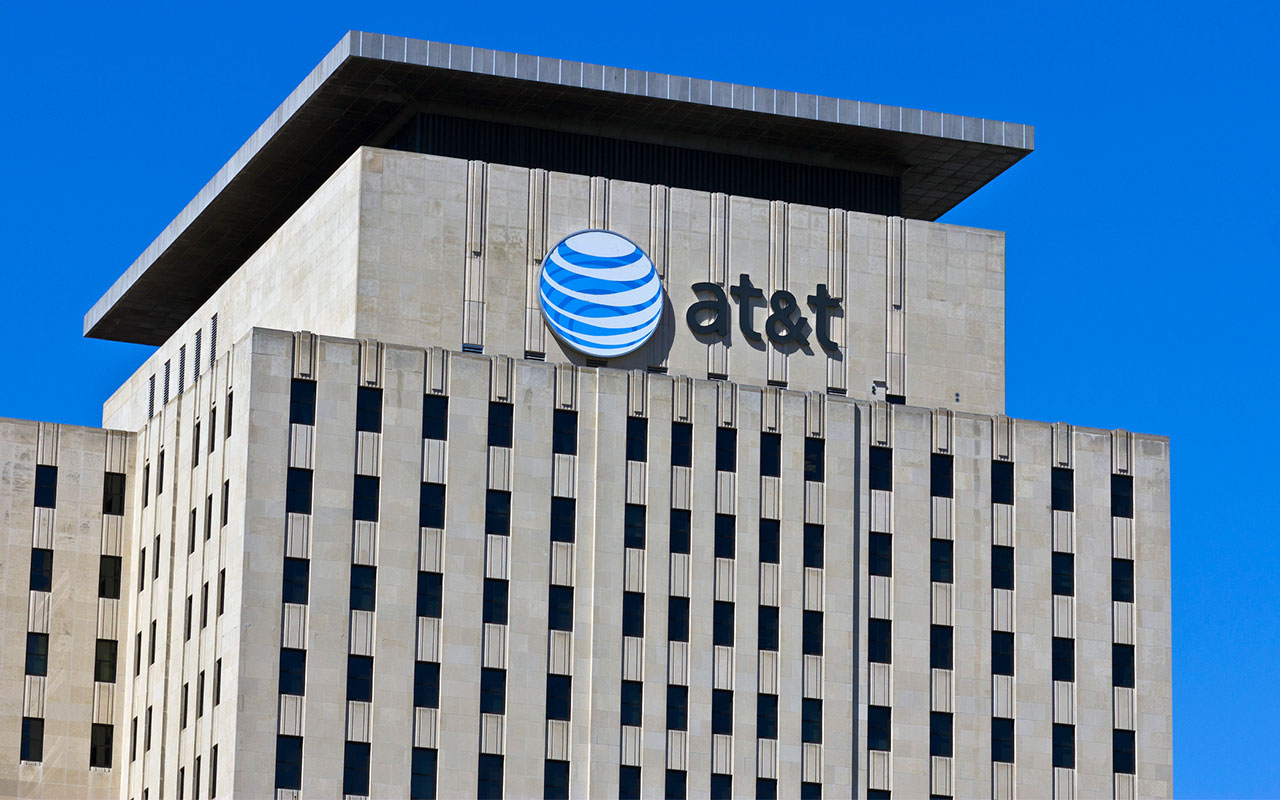
AT&T
- Market value: $236.4 billion
- Dividend yield: 6.2%
Stephen Taddie, Managing Partner for Phoenix-based Stellar Capital Management, reminds us of the surprising things that happened (and didn’t) in previous recession-driven bear markets.
“Believe it or not, the last time around people seemed more willing to give up their houses than their cell phones,” he says. “Maybe they didn’t upgrade to the latest and greatest phone, but they kept paying their cell phone bill.”
That’s why he believes some investors looking for more safety and reliability may want to add AT&T (T , $32.39) should the market turn sour.
“Though leveraged due to the Time Warner purchase, they have a large vertical swath of services that should both survive, and thrive through upcoming market cycles,” Taddie says. “With a dividend around 6% and a P/E ratio around 6, it provides decent income, and could be a good store of value with decent upside potential.
“Anytime you can find a stock whose P/E ratio and dividend percent share the same number, it may be worth second a look.”
He has a point about the telecom giant’s consistent results. For every quarter of 2008, when the economy was tanking, AT&T improved its revenue and operating income on a year-over-year basis. AT&T hasn’t grown its top and bottom lines quite as consistently since then, but there’s still little doubt it’s the kind of cash cow investors gravitate to in an uncertain market.
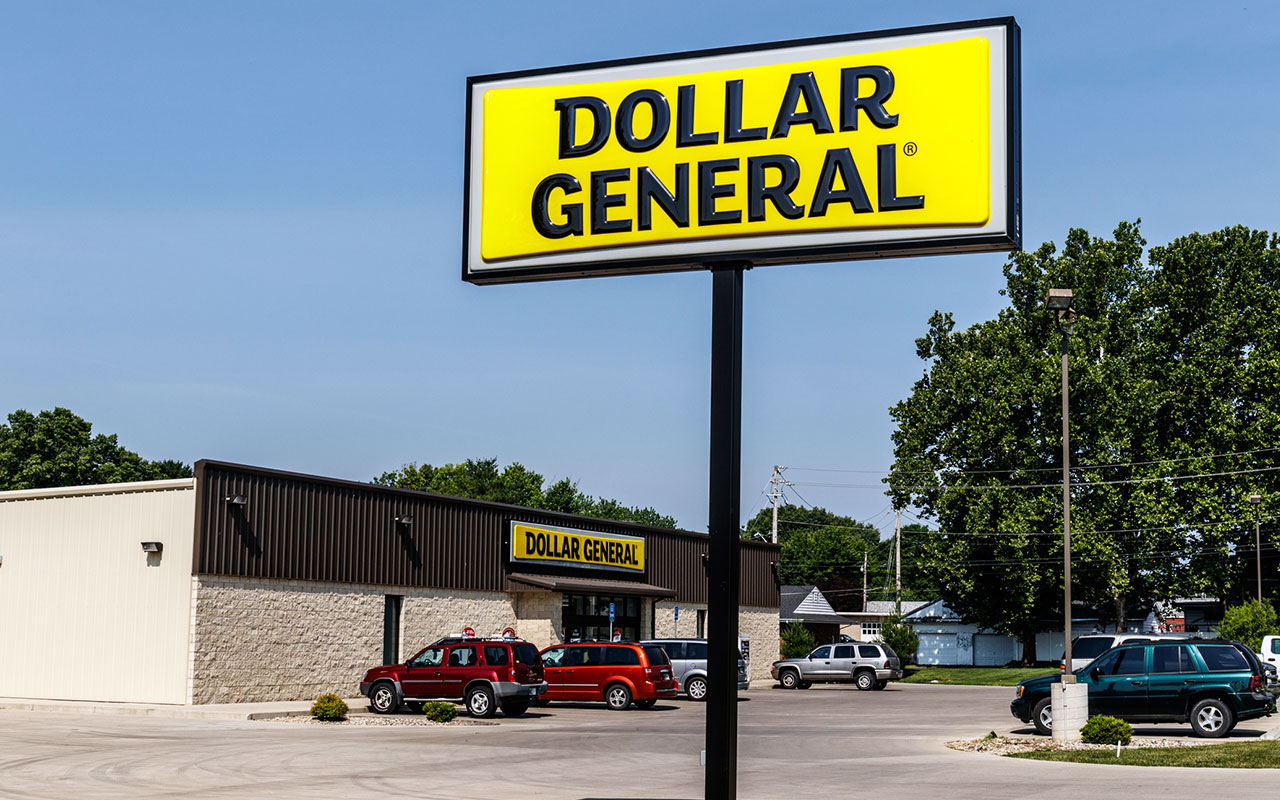
Dollar General
- Market value: $29.7 billion
- Dividend yield: 1.0%
- Dollar General (DG, $111.45) makes perfect sense as a way to play a bear market that coincides with an economic headwind.
“Dollar General is a great stock to own anytime but especially during a downturn,” says Kovar Capital CEO Taylor Kovar. “People will be looking to cut expenses and with their perceived lower cost than big-box stores, their sales will remain constant or grow compared to their larger competitors.”
It’s not just lower-priced merchandise that puts Dollar General in an enviable position when times are tough. The company also makes a point of placing stores in areas that are more accessible to its target consumers than rivals like Walmart (WMT) are. While Walmart clearly is the bigger organization, Dollar General technically sports the bigger U.S. footprint, operating 14,761 units versus the 5,358 units its bigger rival operates in America.
Kovar notes that “people will save gas money by not having to travel as far to purchase their merchandise” when shopping at Dollar General locations.
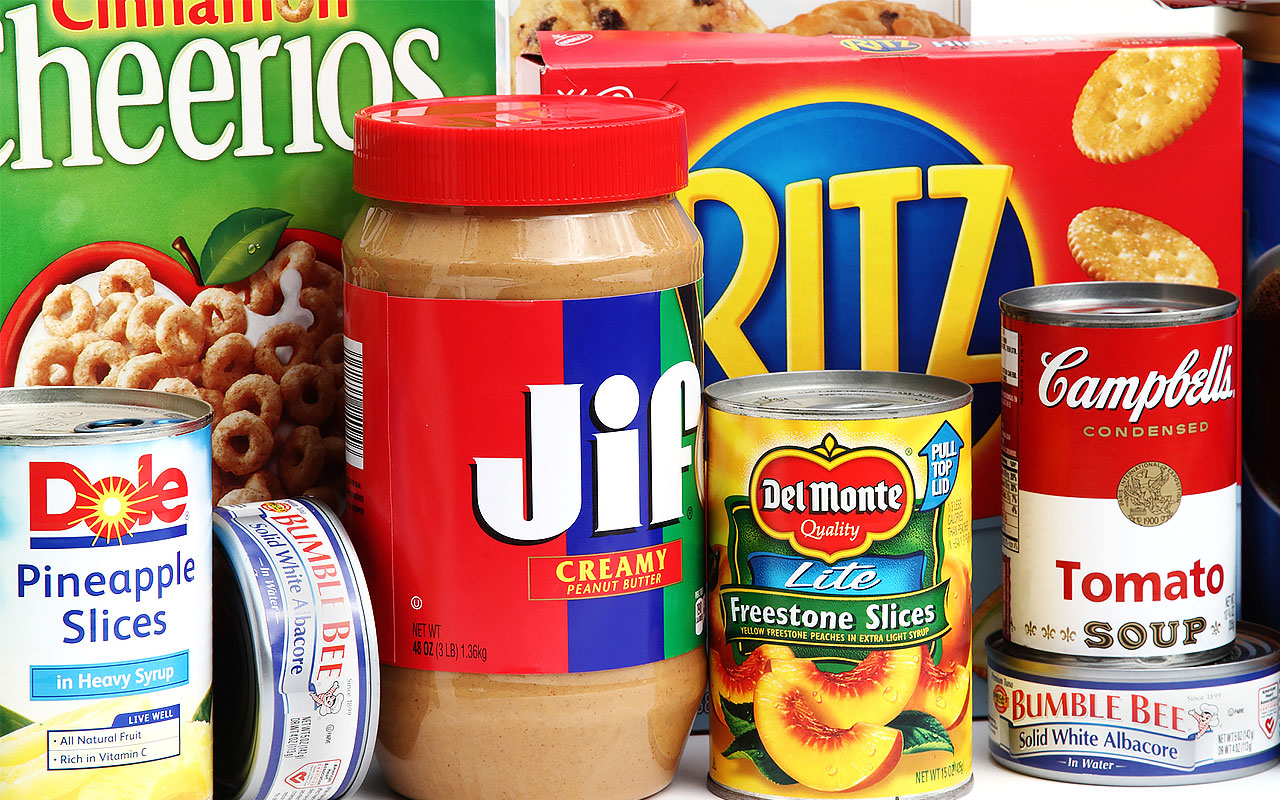
General Mills
- Market value: $28.0 billion
- Dividend yield: 4.1%
Robert R. Johnson – principal with Fed Policy Investment Research Group, LLC and co-author of Invest With the Fed – believes whenever the next bear market materializes, it largely will be the result of rising interest rates. The book further details how the “best performing stock sectors when rates are rising are energy, utilities, consumer goods and foods. People need to eat, put gas in their cars, brush their teeth and heat their homes regardless of the direction of interest rates.”
One of his bear market picks is food company General Mills (GIS, $47.43), which is the name behind Cheerios, Pillsbury, Yoplait, Betty Crocker, Totino’s pizza rolls, Nature Valley, Progresso soups and more.
Johnson, who also is a finance professor at Creighton University, notes “GIS has a larger margin of safety than many other large-cap stocks,” but that hasn’t helped shareholders much of late. “The firm has been out of favor,” Johnson explains, with GIS off 16% in the past year.
But that lull means GIS shares are near 52-week lows, and valued at a below-norm trailing P/E of 13. That valuation might not inspire investors amid an aggressive Wall Street backdrop. But a cyclical bear market put in place by rising interest rates prioritizes value over risky growth areas – playing right into General Mills’ hand.
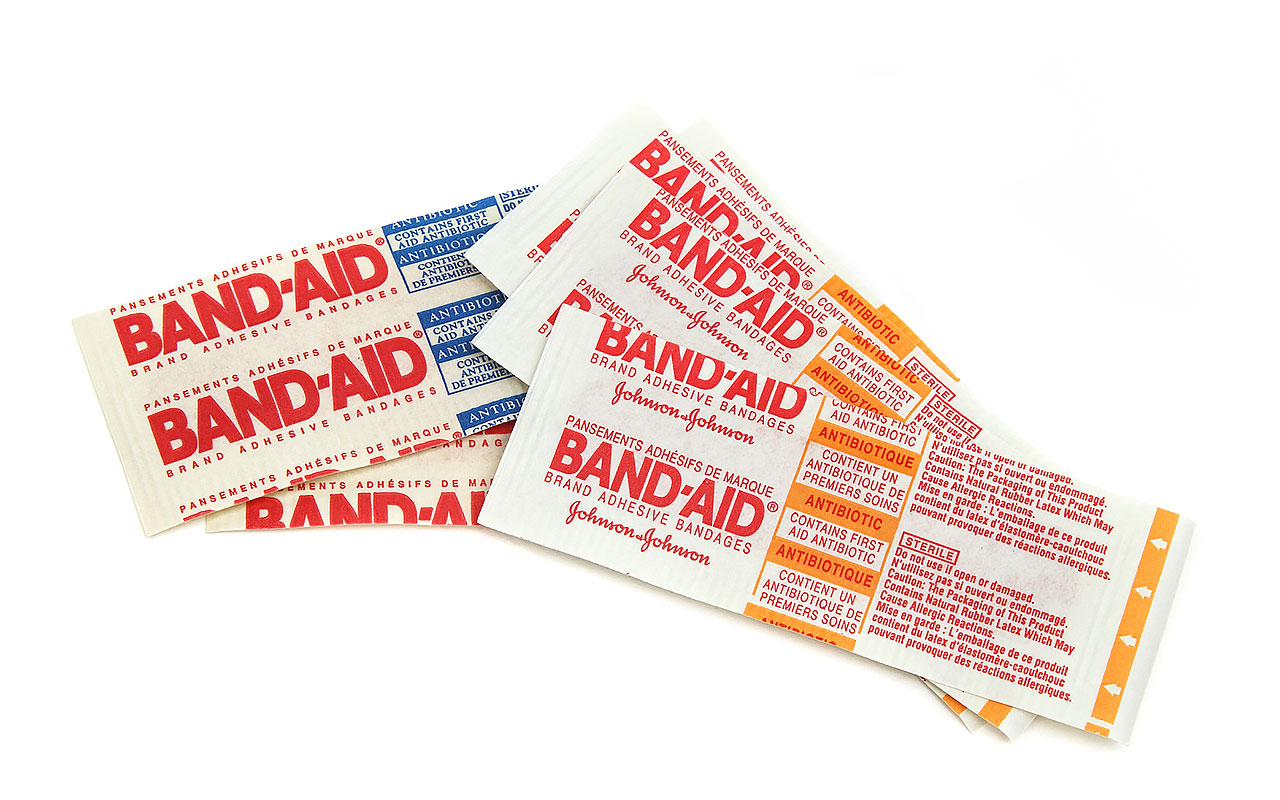
Johnson & Johnson
- Market value: $371.2 billion
- Dividend yield: 2.6%
Broadly speaking, Johnson & Johnson (JNJ, $137.21) belongs on any list of stocks to consider should the economic environment turn turbulent. JNJ is the name behind the simplest and most buyable of goods such as Band-Aid-brand bandages, Tylenol, Listerine, and of course, Johnson’s Baby Shampoo.
Boring? You bet. That’s the point.
J&J is a double-barreled threat, though most investors generally overlook the “other” barrel. The company also is a significant prescription-pharmaceuticals outfit, which is a similarly noncyclical business. Some of the drugs you probably didn’t realize Johnson & Johnson makes and markets include arthritis and Crohn’s disease treatment Remicade and lymphoma therapy Imbruvica.
“Johnson & Johnson’s diverse healthcare segments help insulate it from downturns in the economy, offering a defensive growth opportunity,” writes Nancy Perez, Managing Director and Portfolio Manager for wealth management firm Boston Private Wealth. “J&J holds a leadership role in diverse healthcare segments, including medical devices, over-the-counter products, and several pharmaceutical markets.”
She continues: “These multiple businesses generate substantial cash flow, which has enabled the firm to increase its dividend for over the past half century, and we expect this to continue. Additionally, within each segment no one product dominates sales. Despite carrying some lower-margin divisions, J&J maintains strong pricing power.”

McDonald’s
- Market value: $128.2 billion
- Dividend yield: 2.5%
The headwind McDonald’s (MCD, $165.07) has faced in recent years has been out of the company’s control. That is, McDonald’s value proposition doesn’t always fly when the economy is on a firm footing. Should recessionary fears become palpably long-term, however, the underlying mindset could change in a hurry.
That’s where Blaine Rollins, managing director for Denver-based asset manager 361 Capital, suggests investors may want to think carefully and critically about the next bear market and its underlying nature.
He explains, “A minor bear market where the major indexes pull back and briefly tap the down 20% line and then bounce back would likely see those stocks with the highest multiples get hurt the most during the decline, only to see them snap the most when the market recovers. But if you are talking about a bear market followed by a solid new trend lower, then you have to look at the root cause of the correction. Usually a significant correction is caused by an economic slowdown severe enough to cause pain in the credit markets leading to banking problems. For a good example, just look back to the 2007-08 correction.”
Rollins points out that during the 13-month stretch between October 2007 and November 2008, McDonald’s shares mustered a relatively heroic 4% gain while other stocks were being battered. How? “Its fortress balance sheet, and … consumers traded down from more expensive dining options.”
MCD should dish out a similar performance given the same situation.
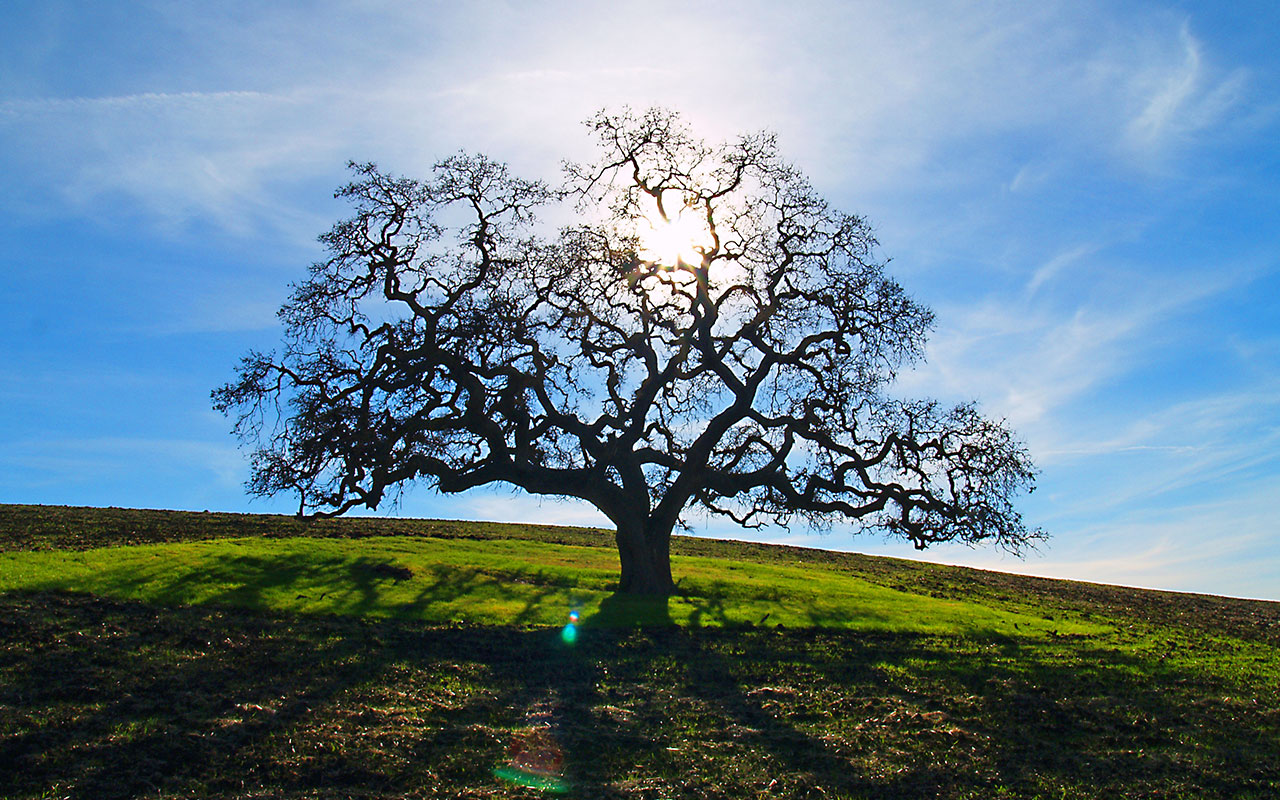
Oaktree Capital Management
- Market value: $6.2 billion
- Dividend yield: 5.6%
The name doesn’t make it clear, but Oaktree Capital Management (OAK, $39.20) is anything but your typical money management firm or mutual fund. Oaktree is primarily a distressed debt manager. In fact, it’s the world’s largest distressed debt manager in the world, sporting more than $100 billion worth of assets.
“Distressed debt,” by the way, is the polite way of categorizing bonds of companies that are in or nearing bankruptcy. This debt can often be purchased for pennies on the dollar, then rehabilitated for a huge profit when Oaktree imposes a little bit of its restructuring magic.
The catch? It can take a few years for the effort to pay off. Still, it may well be worth the wait.
A surge of such opportunities may be unavoidable, according to Adam Strauss, portfolio manager with Illinois-based Appleseed Capital. He bluntly says of the matter, “When the next bear market happens, we expect corporate defaults to rise considerably.” Though it will feel miserable at the time, it’s a major contraction Oaktree will capitalize on.
Appleseed’s Strauss adds that OAK also may fare a little better than other names because “very few ETFs own Oaktree, which should reduce the selling pressure that will affect most stocks in the next bear market.”

Procter & Gamble
- Market value: $204.6 billion
- Dividend yield: 3.5%
It’s cliché and predictable, almost to the point of being painful, but consumer staples stocks gain favor during economic turmoil because nobody stops buying soap and toothpaste.
Nancy Perez, Managing Director and Portfolio Manager for wealth management firm Boston Private Wealth explains, “In ‘up’ markets, the consumer staples sector typically underperforms; however, when the market is falling, that is when it captures most of its relative return. This sector which comprises about 7% of the market, has beaten the S&P 500 by 49% in the last 25 years, and most of this outperformance was created during 3 periods: 1990-93, 2000-03 and 2008-09” – all bear markets.
One of her top picks from the sector? Procter & Gamble (PG, $82.38), though she also cautions we’ve not yet slipped into a recession that would make P&G a must-have.
Although PG stock itself fell in those tough times, a closer inspection of the company’s results indicates that neither revenue growth nor income growth suffered during those last two economic contractions. In fact, P&G didn’t hit a headwind until the economy was back in growth mode. Perhaps consumers started to splurge a little on luxury rather than staples when they finally saw daybreak, after spending had been crimped for a few too many months.
P&G certainly performed in the middle of severe turbulence, though.

Southern Company
- Market value: $44.8 billion
- Dividend yield: 5.4%
The past month or so has been tough for Southern Company (SO, $44.36) shareholders. The stock has fallen roughly 10% from its early August high – a sizable drop for any stock, but alarmingly significant for a “tame” utility name. The drop came following a commendable second-quarter report dented by surprising cost overruns that likely would linger.
But this company shouldn’t struggle to keep its top or bottom lines moving forward.
Southern Company is your typical utility outfit, though considerably bigger than the average name in the business. Like all other utility stocks, though, in most regards they’re counter-cyclical. That is, they fall out of favor when times are good expressly because they’re not designed to grow rapidly or widen profit margins. Conversely, they’re capable of collecting consistent revenue and turning it into similarly consistent profits even when economic headwinds are blowing.
There’s an additional nuance in play right now, though – even more than it usually is for utility stocks. That is, rising interest rates tend to work against utility stocks, which are widely seen as the equivalent to bonds, which also lose value when interest rates edge higher. The ongoing rise – and prospective rate hikes looming ahead – have proven to be a drag on SO shares going all the way back to mid-2016.
Even if the next recession isn’t around the corner, though, the pessimistic sellers of Southern Company may have overshot.

Stryker
- Market value: $64.1 billion
- Dividend yield: 1.1%
“When considering investment options – specifically securities that fare well in all economic environments – medical device makers are good defensive names to hold,” says Chris Kim, chief investment officer of Tompkins Financial Advisors.
Consumers may opt to not purchase a new car, but they rarely skimp on self-care.
Kim likes medical device company Stryker (SYK, $170.39) as a defensive play, noting the company “has demonstrated a best-in-class growth rate of 6%-7%,” and adding that an increasing degree of Stryker’s revenue is recurring revenue driven by its Mako lineup of surgical “robots.” As of last quarter, a little more than half of Stryker’s sales come from recurring revenue.
That said, Stryker isn’t a purely defensive play. It may be more accurate to position SYK as a non-cyclical investment.
Kim goes on to say, “The Mako robot has a multi-year lead over its competitors, and management believes up to 50% of U.S. hospitals with orthopedic practices are candidates for purchasing the system, which would provide significant runway for the company in the long term. Stryker is quickly gaining market share, and the recurring revenues generated from the robot provides a predictable earnings stream for the company. … All of these factors in combination make Stryker a stable investment choice to endure different market cycles.”

Walmart
- Market value: $283.9 billion
- Dividend yield: 2.2%
While rival retailer Dollar General will likely to be able to poach some of its customers in the event employment turbulence, Walmart (WMT, $96.90) also is positioned to recapture some of the customers it may have lost to higher-end venues when confidence was high. The world’s biggest retailer still offers plenty of value to its shoppers, and it’s able to leverage its sheer size to remain a price leader.
In the meantime, Walmart still has enough to offer to consumers with a little more spending money – and a lot more confidence – than they’ve had in years.Walmart already has proved that it has staying power in the midst of recessions. While top-line growth slowed in 2009, WMT still posted growth in an environment that ultimately proved fatal for other retailers. Profit growth didn’t slow at all during that tough time, rising 5% in 2008 and up 9% for 2009.
That also happened as e-commerce giant Amazon.com (AMZN) was in full-tilt growth made, starting to take a serious toll on the brick-and-mortar retailing world. Walmart has finally become a serious e-commerce machine in its own right, too, with last quarter’s online sales accelerating by 40% year-over-year – and its overhauled e-commerce arm still is only a work in progress.
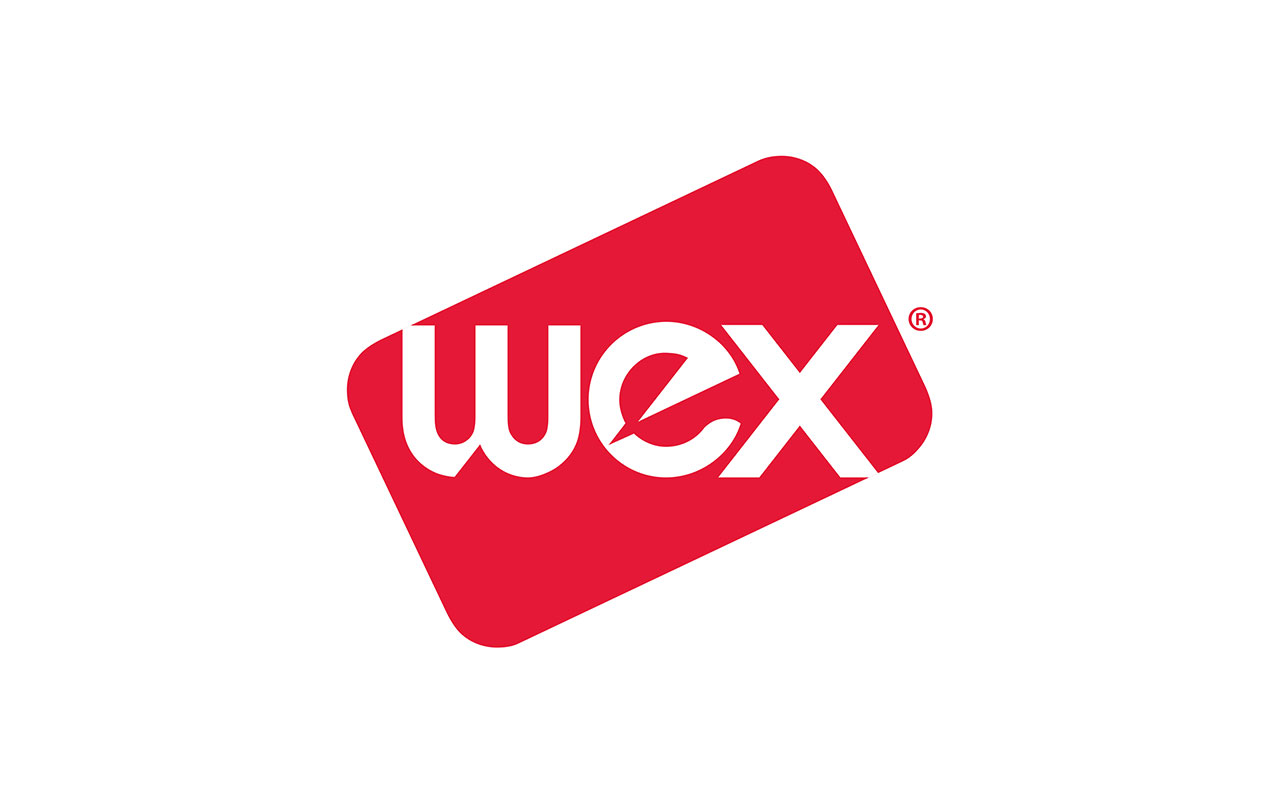
Wex
- Market value: $8.4 billion
- Dividend yield: N/A
- Wex (WEX, $194.65) isn’t exactly a household name, mostly because consumers never directly utilize its services. But plenty of corporations know what the company brings to the table: an array of solutions ranging from fleet management to business-payment processing to health-benefits management.
If the economy hits a wall, Wex is engrained deep enough into the background that it’s fairly protected from any cost-cutting initiatives.
James Stefurak, founder of Melbourne, Florida-based alternative investment analysis firm Monarch Research, explains, “WEX’s fleet management technology saves trucking companies money, helping offset cyclical downturns.” He adds that Wex’s “growing health care division adds defense” into the mix by offering a different kind of revenue stream altogether.
Stefurak is particularly impressed by the company’s liquidity and capacity to self-fund future cash needs. In addition to a healthy current ratio (assets compared to short-term liabilities) of 1.45, the analyst writes that “Wex’s ownership of Fleet One’s factoring business adds alternative funding services,” which stands to be lucrative as credit tightens.
In this context, “factoring – more specifically called “invoice factoring” or “freight factoring” – is essentially the purchase of debt owed to a particular trucking company or driver. Rather than wait weeks for a payment, a driver or trucking outfit can collect a slightly reduced payment from Wex immediately. Wex may have to wait for the full payment from the shipper, but it pockets the difference and has the liquidity it needs to wait for the payment. The business model can be a profit center in and of itself.
James Brumley was long T as of this writing.
Get Kiplinger Today newsletter — free
Profit and prosper with the best of Kiplinger's advice on investing, taxes, retirement, personal finance and much more. Delivered daily. Enter your email in the box and click Sign Me Up.

-
 Can Trump Fire Powell? A Supreme Court Case Could Decide
Can Trump Fire Powell? A Supreme Court Case Could DecidePresidential posts threaten to overwhelm decades of precedent and tradition, whatever the nine justices decide.
By David Dittman
-
 Do You Need an AI Agent in Your Life?
Do You Need an AI Agent in Your Life?AI agents promise to be the next big thing in artificial intelligence, but what exactly do they do?
By Tom Taulli
-
 The Cheapest Places To Retire in the US
The Cheapest Places To Retire in the USWhen you're trying to balance a fixed income with an enjoyable retirement, cost of living is a crucial factor to consider.
By Stacy Rapacon
-
 Five Stocks With Solid Growth History and a Promising Outlook
Five Stocks With Solid Growth History and a Promising OutlookFive reasonably priced stocks with solid growth history and a good chance of delivering earnings even if the economy softens.
By Kim Clark
-
 Dividends Are in a Rut
Dividends Are in a RutDividends may be going through a rough patch, but income investors should exercise patience.
By Jeffrey R. Kosnett
-
 Municipal Bonds Stand Firm
Municipal Bonds Stand FirmIf you have the cash to invest, municipal bonds are a worthy alternative to CDs or Treasuries – even as they stare down credit-market Armageddon.
By Jeffrey R. Kosnett
-
 Can Stocks Picked by Artificial Intelligence Beat the Market? 3 Stocks to Watch
Can Stocks Picked by Artificial Intelligence Beat the Market? 3 Stocks to Watchstocks An artificial intelligence stock-picking platform identifying high-potential equities has been sharp in the past. Here are three of its top stocks to watch over the next few months.
By Dan Burrows
-
 High Yields From High-Rate Lenders
High Yields From High-Rate LendersInvestors seeking out high yields can find them in high-rate lenders, non-bank lenders and a few financial REITs.
By Jeffrey R. Kosnett
-
 Time to Consider Foreign Bonds
Time to Consider Foreign BondsIn 2023, foreign bonds deserve a place on the fringes of a total-return-oriented fixed-income portfolio.
By Jeffrey R. Kosnett
-
 5 Stocks to Sell or Avoid Now
5 Stocks to Sell or Avoid Nowstocks to sell In a difficult market like this, weak positions can get even weaker. Wall Street analysts believe these five stocks should be near the front of your sell list.
By Dan Burrows
